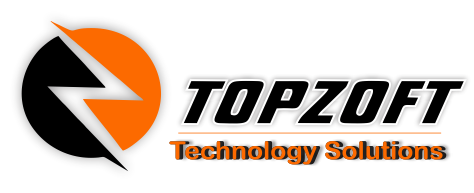Introduction:
In the dynamic landscape of search engine optimization (SEO), understanding search intent and user behavior is paramount to crafting an effective strategy that drives visibility, traffic, and conversions. Search intent refers to the underlying motivation or purpose behind a user’s search query, while user behavior encompasses how users interact with search results and navigate websites. By gaining insights into search intent and user behavior, marketers can optimize their content, keywords, and user experience to better meet the needs and preferences of their target audience. In this guide, we’ll explore the intricacies of search intent and user behavior and how they influence SEO strategy.

1. Defining Search Intent:
Search intent categorizes the reasons why users perform a particular search query into four main types:
- Informational: Users seek information or answers to specific questions.
- Navigational: Users look for a particular website or web page.
- Transactional: Users intend to make a purchase or complete a transaction.
- Commercial Investigation: Users research products or services before making a purchase decision.
Understanding the search intent behind target keywords is crucial for tailoring content and optimizing pages to align with user expectations and goals.
2. Analyzing User Behavior:
User behavior encompasses various actions users take when interacting with search results and websites, including:
- Click-Through Rate (CTR): The percentage of users who click on a search result.
- Dwell Time: The amount of time users spend on a web page before returning to search results.
- Bounce Rate: The percentage of users who navigate away from a website after viewing only one page.
- Conversion Rate: The percentage of users who complete a desired action, such as making a purchase or filling out a form.
Analyzing user behavior metrics provides valuable insights into the relevance, quality, and engagement level of your content and website.
3. Aligning Content with Search Intent:
Tailor your content strategy to align with different types of search intent:
- Informational Intent: Create comprehensive, informative content that addresses users’ questions and provides valuable insights or solutions.
- Navigational Intent: Optimize your website’s navigation and structure to make it easy for users to find the information they’re looking for quickly.
- Transactional Intent: Offer clear calls-to-action and streamline the purchasing process to facilitate conversions and drive sales.
- Commercial Investigation Intent: Provide detailed product information, reviews, comparisons, and pricing to help users make informed purchase decisions.
4. Optimizing Keywords and Metadata:
Choose keywords that reflect user intent and incorporate them strategically into your content, titles, headings, and meta descriptions. Use long-tail keywords and semantic variations to capture more specific search queries and address niche topics or questions.
5. Enhancing User Experience (UX):
Optimize your website’s UX to keep users engaged and satisfied:
- Improve Page Load Speed: Ensure fast loading times to reduce bounce rates and improve user experience.
- Enhance Mobile Responsiveness: Make your website mobile-friendly to accommodate users who access content on smartphones and tablets.
- Simplify Navigation: Create intuitive navigation menus and clear pathways to help users find what they’re looking for efficiently.
6. Monitoring and Analyzing Performance:
Regularly monitor user behavior metrics, such as CTR, dwell time, bounce rate, and conversion rate, to evaluate the effectiveness of your SEO efforts. Use tools like Google Analytics and Google Search Console to track performance, identify trends, and uncover opportunities for improvement.
7. Iterating and Experimenting:
Continuously iterate and experiment with your SEO strategy based on insights from search intent and user behavior data. Test different approaches, content formats, and optimization techniques to refine your strategy and enhance results over time.
Conclusion:
Understanding search intent and user behavior is fundamental to crafting a successful SEO strategy that drives visibility, engagement, and conversions. By aligning content with search intent, optimizing keywords and metadata, enhancing user experience, and monitoring performance metrics, marketers can effectively meet the needs and preferences of their target audience and achieve their SEO objectives.



